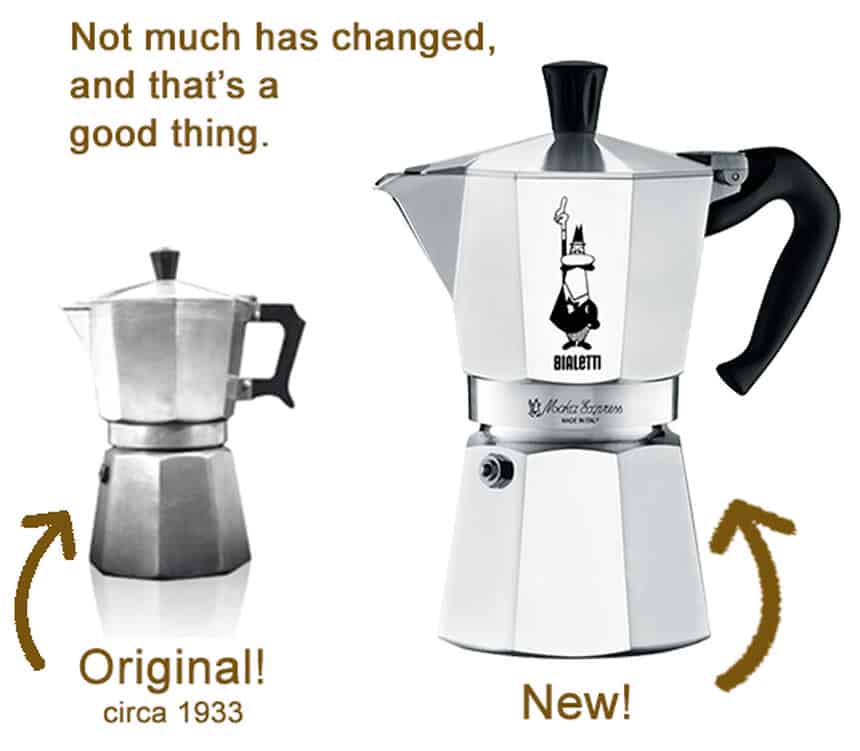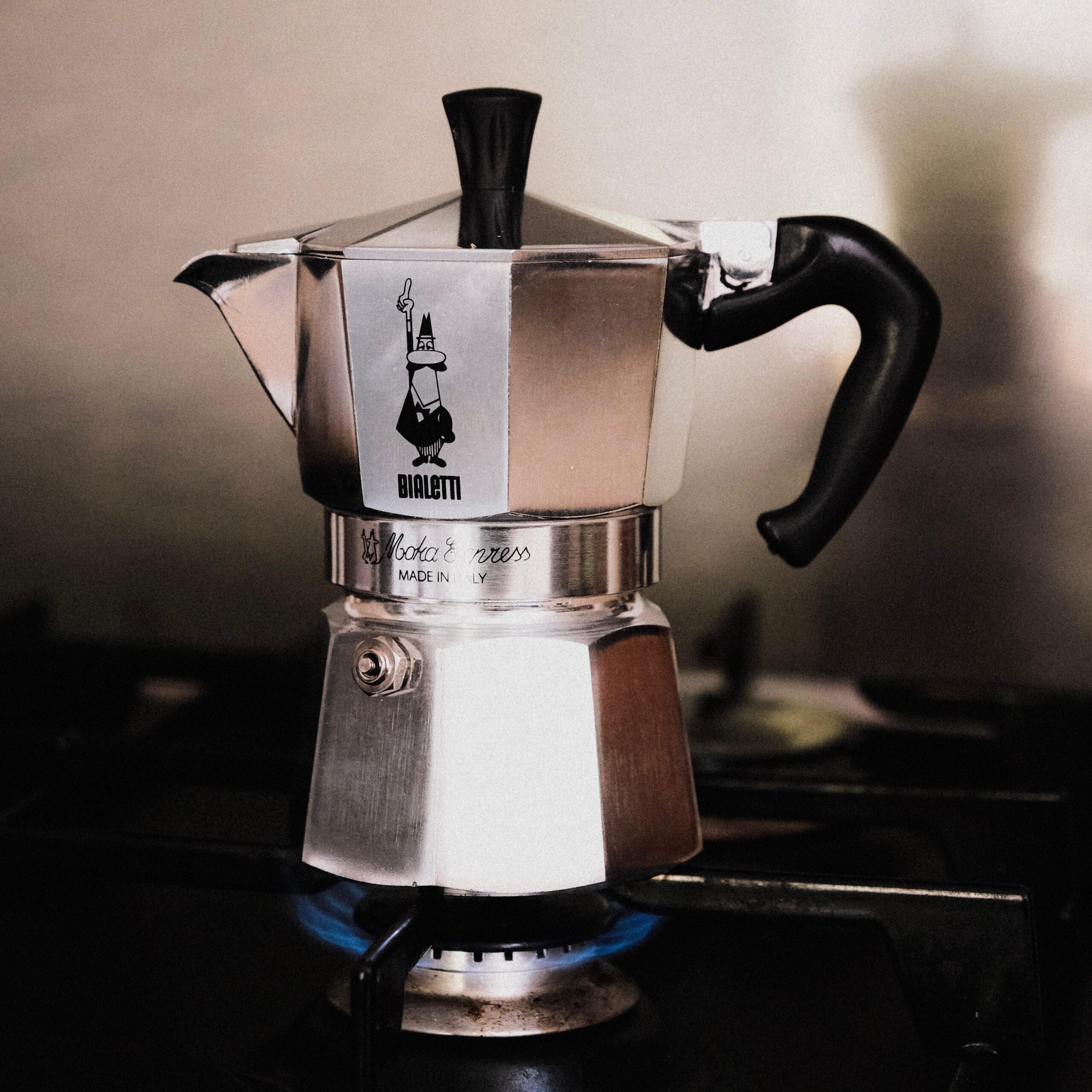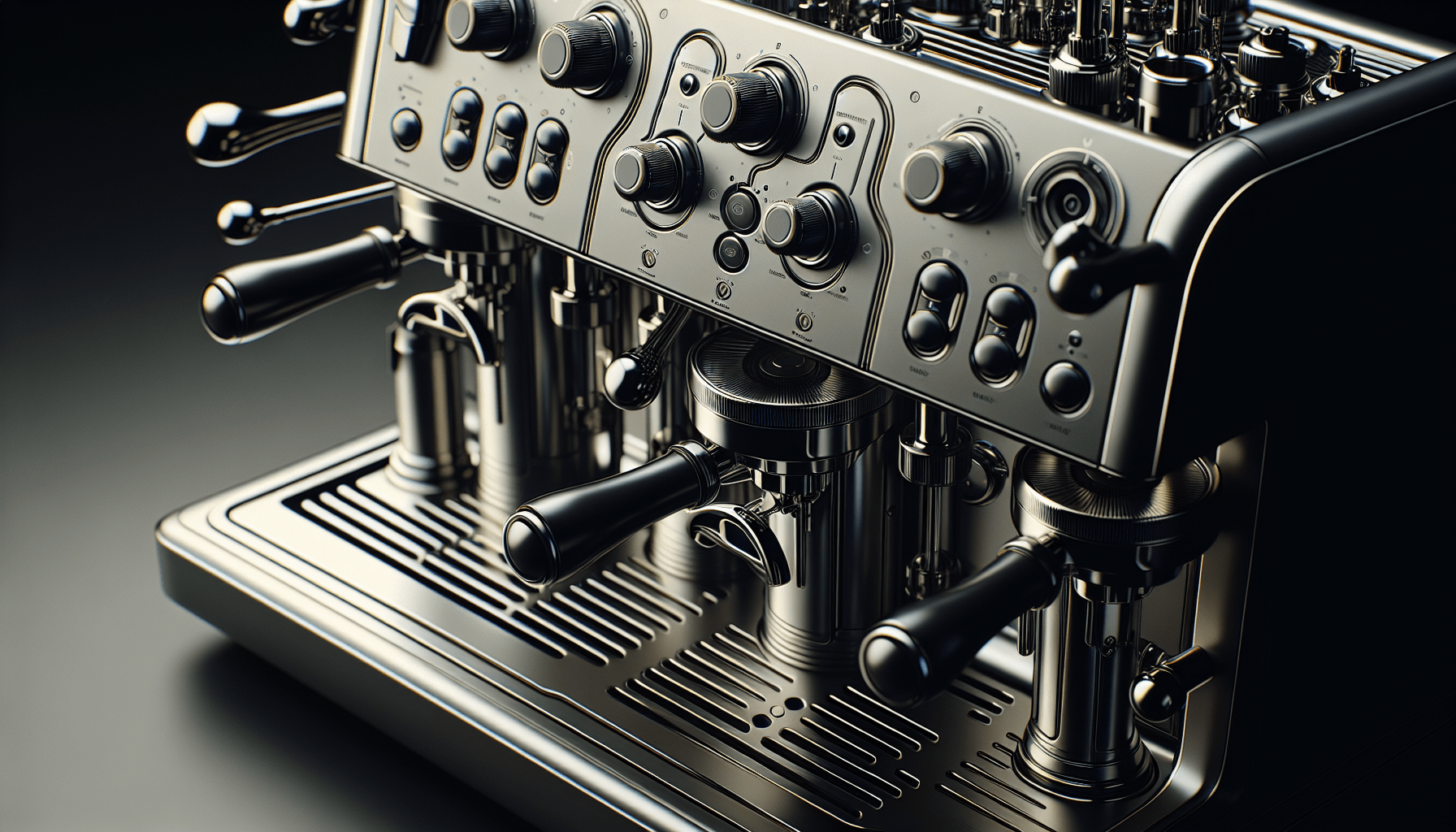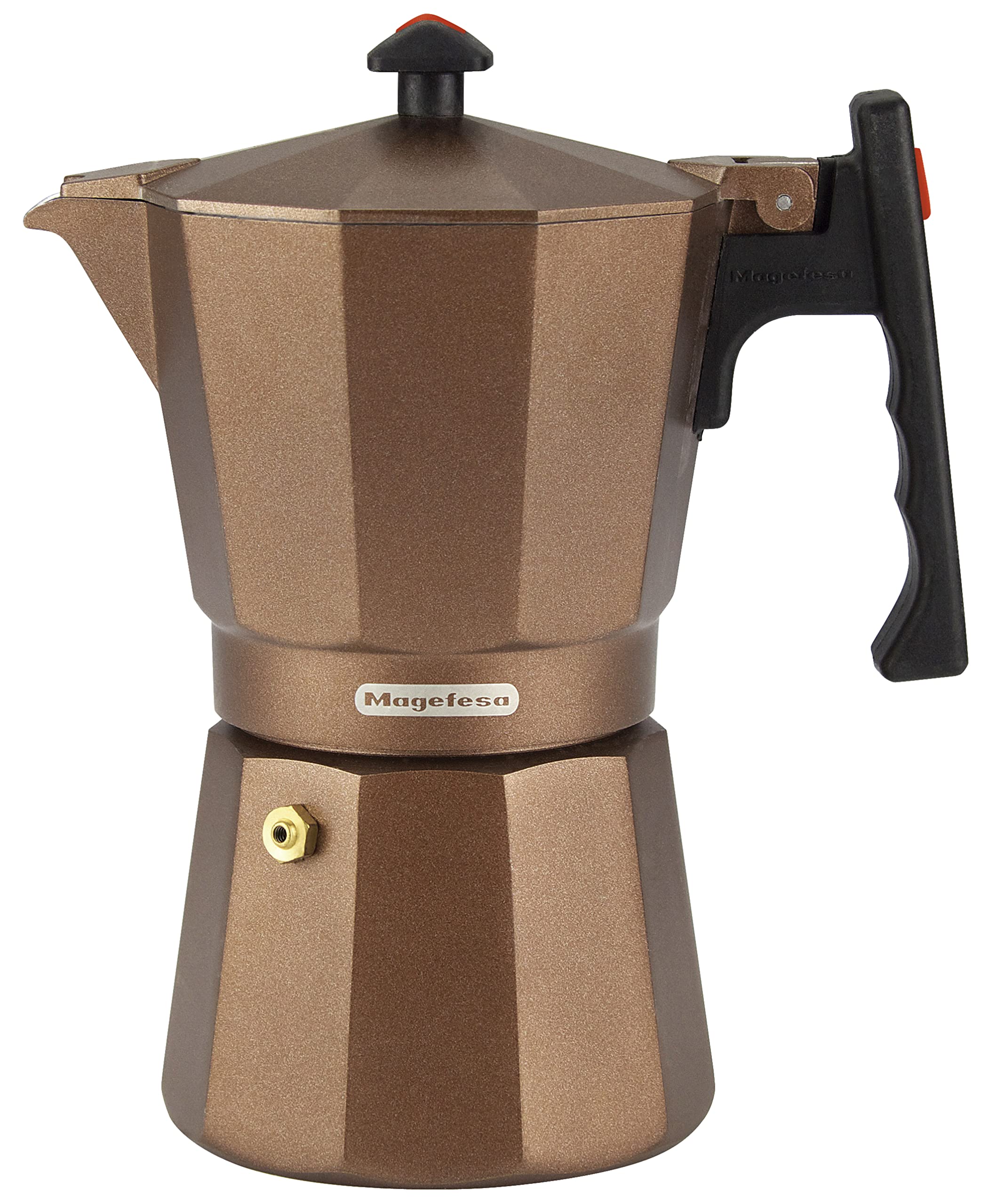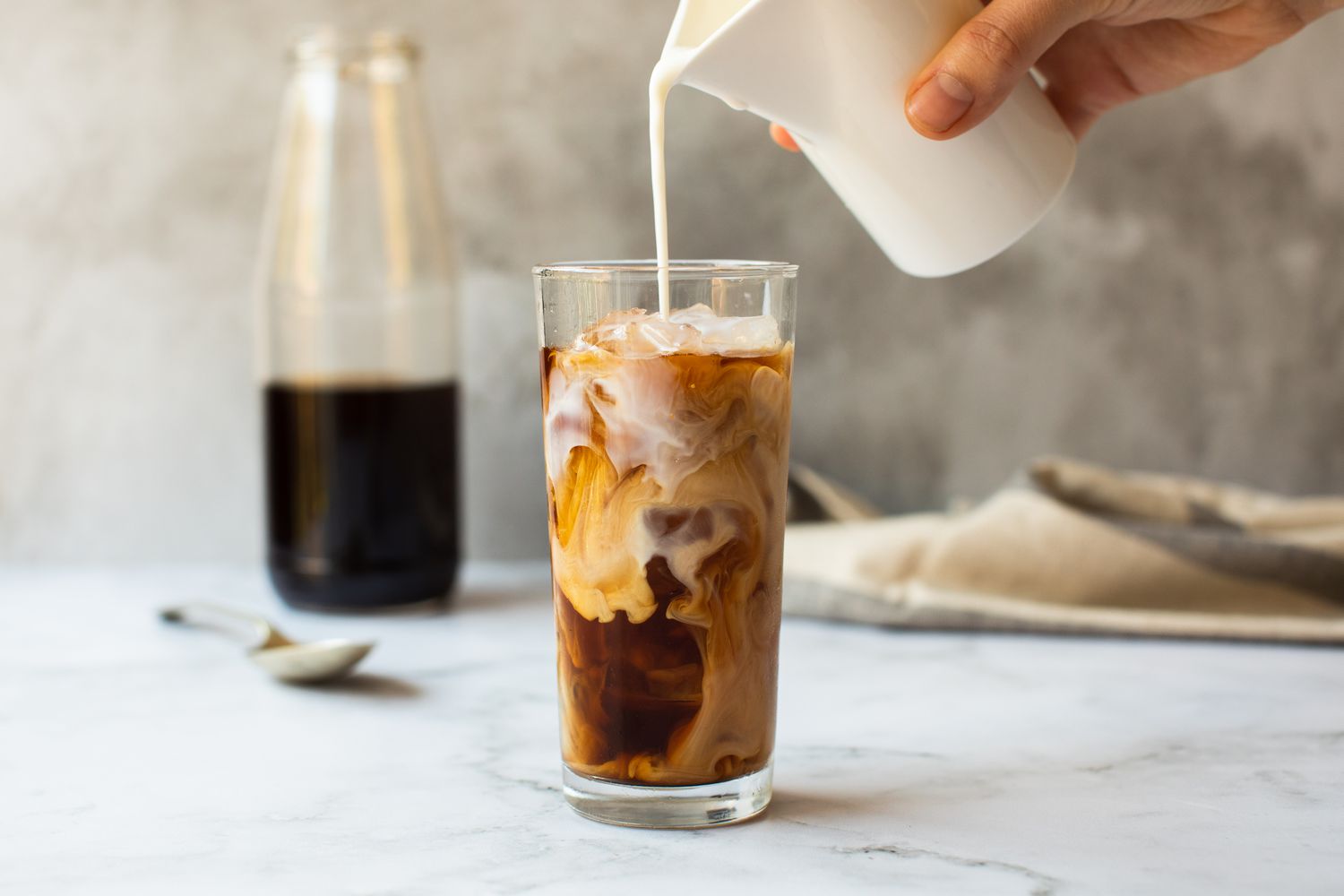If you’re a coffee lover, you’ve probably wondered if it’s possible to adjust the brewing pressure with a stovetop espresso maker. Well, you’re in luck! In this article, we’ll explore the fascinating world of stovetop espresso makers and uncover whether or not you have the ability to fine-tune the brewing pressure to suit your personal taste preferences. Get ready to discover a whole new level of control over your morning cup of joe!
Understanding Stovetop Espresso Makers
Stovetop espresso makers, also known as moka pots, are a popular and affordable option for brewing espresso-style coffee at home. These small, compact devices utilize the heat from a stove burner to create pressure and force hot water through ground coffee to extract the rich flavors and aromas associated with espresso. While they may not be as powerful as traditional espresso machines, stovetop espresso makers offer a convenient and accessible way to enjoy a delicious cup of espresso without the need for expensive equipment or specialized knowledge.
How do stovetop espresso makers work?
Stovetop espresso makers consist of three main components: a bottom chamber for water, a middle chamber for ground coffee, and a top chamber where the brewed coffee collects. The bottom chamber is filled with water, and the middle chamber is filled with finely ground coffee. As the water heats up on the stove, steam pressure builds in the bottom chamber, forcing the hot water through the coffee grounds in the middle chamber. This pressure creates a strong and concentrated coffee extraction that resembles espresso. The brewed coffee then rises to the top chamber, ready to be poured and enjoyed.
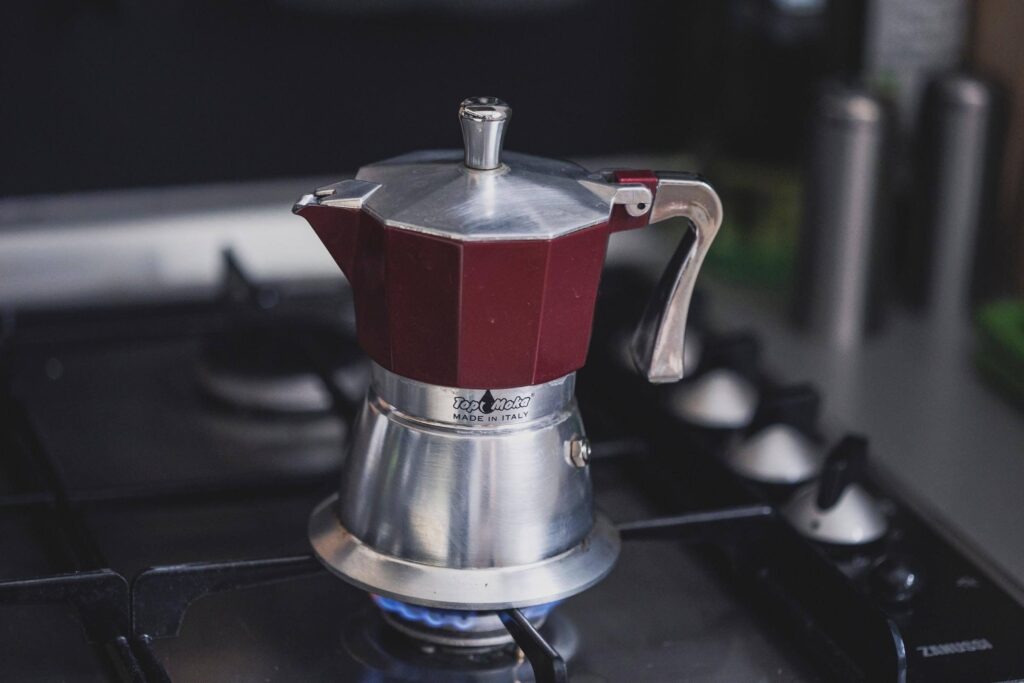
Why do some people prefer stovetop espresso makers?
There are several reasons why some people prefer stovetop espresso makers over other brewing methods. Firstly, stovetop espresso makers are relatively affordable compared to high-end espresso machines, making them accessible to a wider range of coffee enthusiasts. Additionally, these devices are compact and portable, making them ideal for small kitchens or for brewing espresso while traveling. Stovetop espresso makers also offer a certain charm and nostalgia, evoking the traditional Italian coffee culture that is often associated with espresso. Lastly, some people appreciate the simplicity and ease of use that stovetop espresso makers provide, requiring only a stove and a few minutes of your time to brew a delicious cup of espresso.
Brewing Pressure in Stovetop Espresso Makers
What is brewing pressure?
Brewing pressure refers to the force at which water is pushed through coffee grounds during the brewing process. In the case of stovetop espresso makers, brewing pressure is created by the build-up of steam pressure in the bottom chamber, which then forces the hot water through the coffee grounds. The pressure helps extract the flavors, oils, and aromatic compounds from the coffee, resulting in a more intense and concentrated beverage.
Is brewing pressure adjustable in stovetop espresso makers?
Unlike traditional espresso machines, stovetop espresso makers do not typically have adjustable brewing pressure mechanisms. The pressure in these devices is primarily determined by the level of heat applied to the bottom chamber, which affects the rate at which steam pressure builds. However, while the brewing pressure may not be adjustable in stovetop espresso makers, there are still ways to influence and optimize it for better espresso extraction.
Why is brewing pressure important in espresso making?
Brewing pressure plays a crucial role in the quality and characteristics of espresso. The optimal brewing pressure allows for the extraction of the desirable compounds in coffee while avoiding over-extraction or under-extraction, which can result in a bitter or weak cup of coffee, respectively. The right amount of pressure helps create a balanced and full-bodied espresso with a rich crema, the golden foam that sits on top of a well-brewed shot.
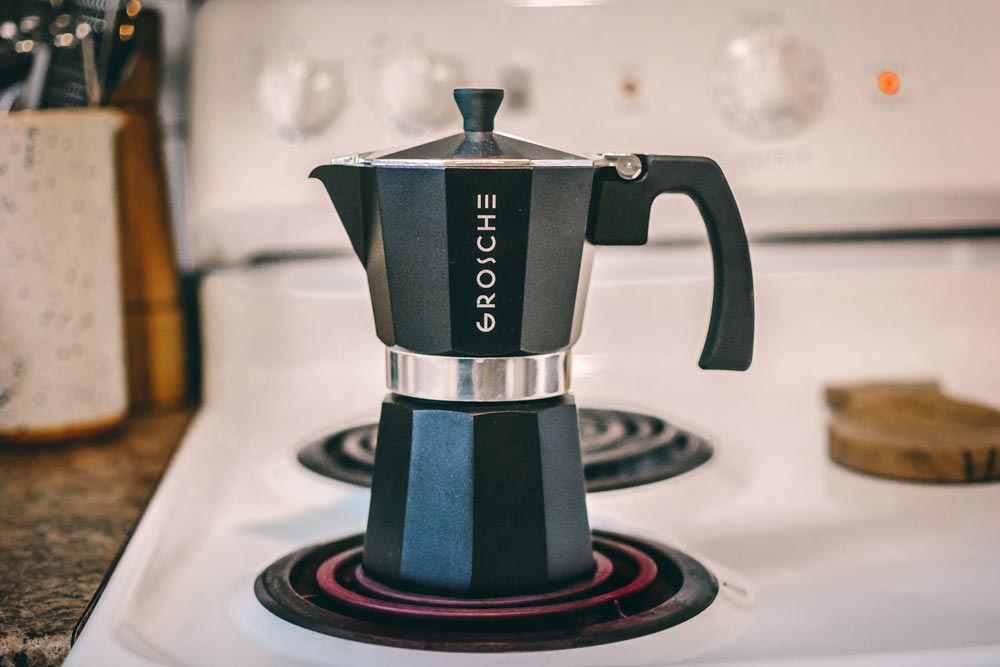
Factors Affecting Brewing Pressure in Stovetop Espresso Makers
Design and construction of the stovetop espresso maker
The design and construction of a stovetop espresso maker significantly impact the brewing pressure achieved during the brewing process. Factors such as the size and shape of the chambers, the seal between the chambers, and the venting system can all influence the pressure build-up and the resulting extraction. Generally, stovetop espresso makers with a sturdier construction and a tight seal tend to have better control over the brewing pressure.
Size and type of coffee grind
The size and consistency of the coffee grind used in a stovetop espresso maker can also affect the brewing pressure. Finely ground coffee is typically recommended for stovetop espresso makers to ensure optimal extraction. A finer grind allows for greater resistance to the water flow, which helps build up pressure and achieve a more intense extraction. However, it’s important to find the right balance, as a grind that is too fine can result in clogged filters and reduced water flow.
Heat source and temperature control
The heat source and temperature control during the brewing process can have a significant impact on the brewing pressure. Using a stove burner with adjustable heat settings allows for better control over the rate at which steam pressure builds, influencing the overall pressure achieved. It is crucial to find the right balance between providing enough heat to build pressure and avoiding excessive heat that can lead to over-extraction or scorching of the coffee.
Common Stovetop Espresso Maker Adjustments
Adjusting the grind size
One way to influence the brewing pressure in a stovetop espresso maker is by adjusting the grind size of the coffee. Experimenting with different grind sizes allows you to find the right balance between water flow and resistance, which can impact the extraction and the resulting pressure. Finer grinds generally result in higher pressure, while coarser grinds can lead to a weaker extraction with lower pressure. It’s important to adjust the grind size gradually and observe the impact on the overall flavor and extraction.
Tamping the coffee grounds
Tamping, or compacting, the coffee grounds in the middle chamber can also influence the brewing pressure. Tamping helps create a more even bed of coffee, which allows for more consistent water flow and pressure distribution. It’s important to tamp the grounds firmly, but not too forcefully, to avoid creating a compacted puck that restricts water flow. Experimenting with different tamping techniques and pressures can help achieve the desired brewing pressure and extraction.
Controlling the heat source
Controlling the heat source, typically a stove burner, is another way to adjust the brewing pressure in a stovetop espresso maker. By adjusting the heat intensity and duration, you can impact the rate at which steam pressure builds in the bottom chamber. Higher heat settings generally result in faster pressure build-up and potentially higher brewing pressure. However, it’s essential to monitor the process closely to avoid overheating or scorching the coffee, which can negatively affect the overall flavor and extraction.
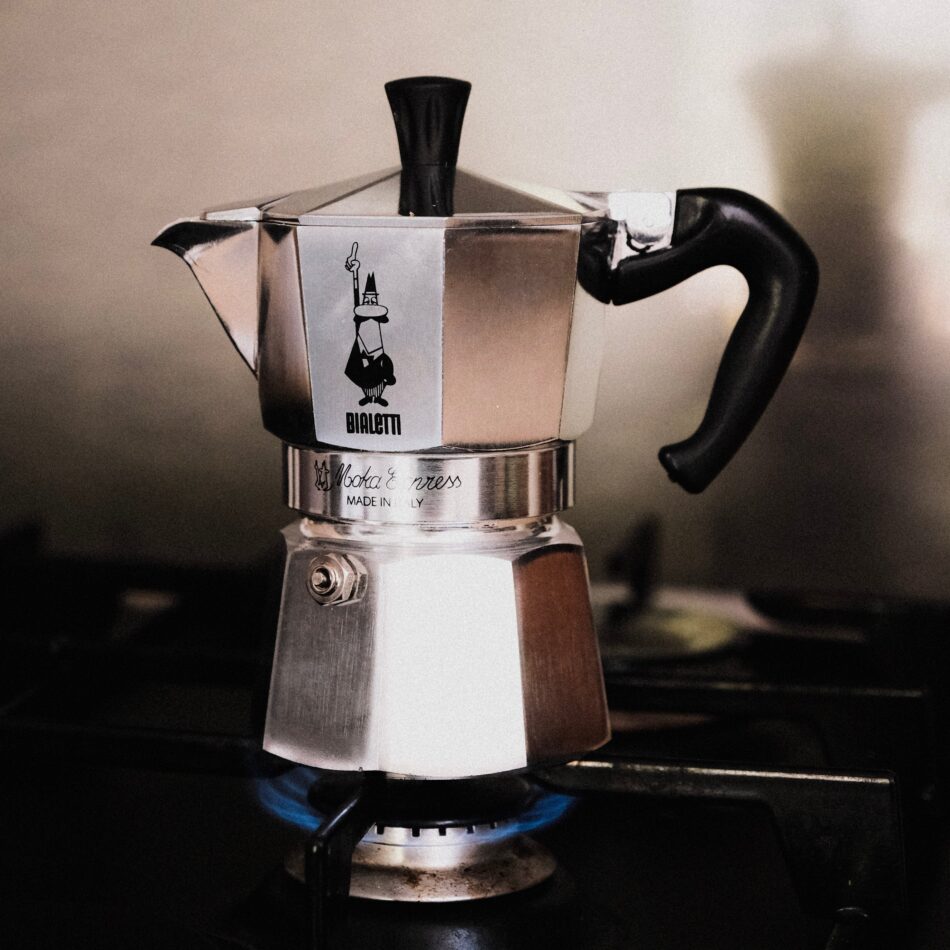
Alternative Methods to Adjust Brewing Pressure
Using a pressure profiling device
While not a common practice with stovetop espresso makers, some coffee enthusiasts have explored the use of pressure profiling devices to adjust the brewing pressure. These devices, often attached to the top chamber of the stovetop espresso maker, allow for more precise control over the pressure throughout the brewing process. Pressure profiling devices provide the flexibility to experiment with different pressure profiles, enabling coffee lovers to customize their espresso extraction according to their personal preferences.
Modifying the stovetop espresso maker
For those who are more adventurous and skilled in tinkering with coffee equipment, it is possible to modify stovetop espresso makers to adjust the brewing pressure. This can involve altering the venting system, adding or removing components, or even using pressure-reducing valves. However, it’s important to note that modifying a stovetop espresso maker requires technical knowledge and understanding, and it may void any warranties on the device.
Benefits and Drawbacks of Adjusting Brewing Pressure
Improved flavor extraction
Adjusting the brewing pressure in a stovetop espresso maker can lead to improved flavor extraction. By finding the optimal pressure for a specific coffee and personal preference, you can enhance the extraction of desirable flavors, oils, and aromatic compounds. This can result in a more complex and enjoyable espresso experience.
Enhanced crema formation
Crema, the golden foam that sits on top of a well-brewed espresso shot, is highly sought after by coffee lovers. Adjusting the brewing pressure can influence the crema formation, allowing for a thicker, richer, and more visually appealing layer of crema. A higher brewing pressure often leads to a more pronounced and long-lasting crema.
Potential risk of over-extraction or under-extraction
While adjusting the brewing pressure can offer benefits, it also comes with potential risks. Excessive pressure can lead to over-extraction, where the coffee becomes too bitter or astringent. On the other hand, inadequate pressure may result in under-extraction, producing a weak and sour-tasting cup of coffee. It’s important to find the right balance and make gradual adjustments to avoid these undesirable outcomes.
Tips for Brewing the Perfect Espresso
Experiment with different adjustments
To brew the perfect espresso with a stovetop espresso maker, it’s essential to experiment with different adjustments. Try varying the grind size, tamping pressure, and heat intensity to find the optimal combination for your preferred flavor profile. Keep a record of your adjustments and the resulting taste to help refine your brewing technique over time.
Keep a consistent brewing technique
Consistency is key when brewing espresso, regardless of the brewing method. Establish a consistent brewing technique by following a specific process for measuring coffee and water, tamping the grounds, and applying heat. This will help create more predictable results and allow you to fine-tune your adjustments more effectively.
Use freshly roasted and ground coffee
The quality of the coffee used plays a significant role in the overall flavor and extraction. Opt for freshly roasted and ground coffee to ensure the best possible results. Coffee that has been roasted and ground too far in advance may have lost some of its flavor and aroma, resulting in a less satisfying espresso experience.
Conclusion
Understanding and adjusting brewing pressure in stovetop espresso makers allow for a more customized espresso experience. While these devices may not offer the same level of control as high-end espresso machines, they still provide the opportunity to explore and optimize the brewing pressure through various adjustments. Whether it’s altering the grind size, experimenting with tamping techniques, or controlling the heat source, these adjustments can enhance the flavor extraction and crema formation in your cup of espresso. Remember to approach the process with patience and a spirit of experimentation, and enjoy the journey towards brewing the perfect stovetop espresso.
